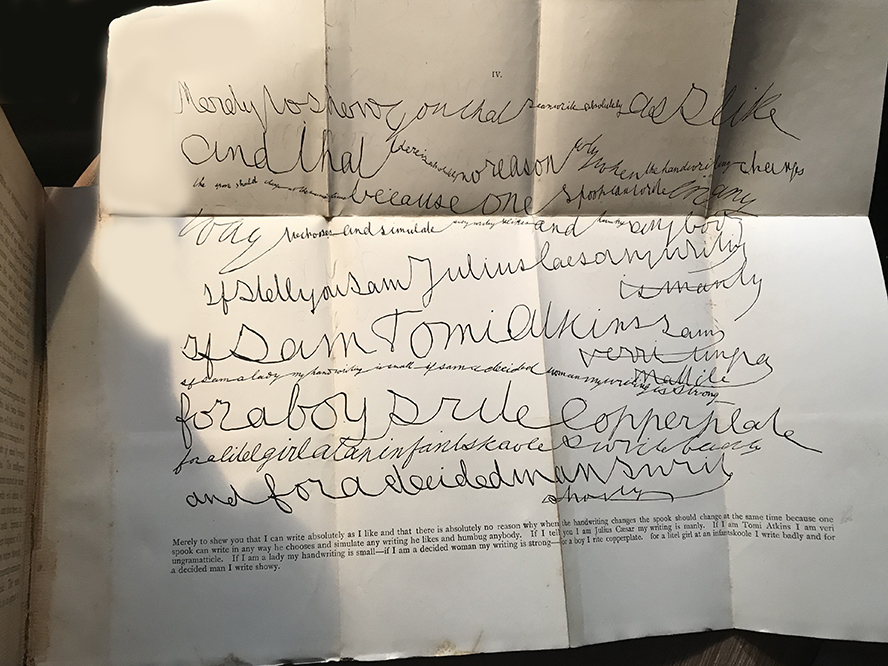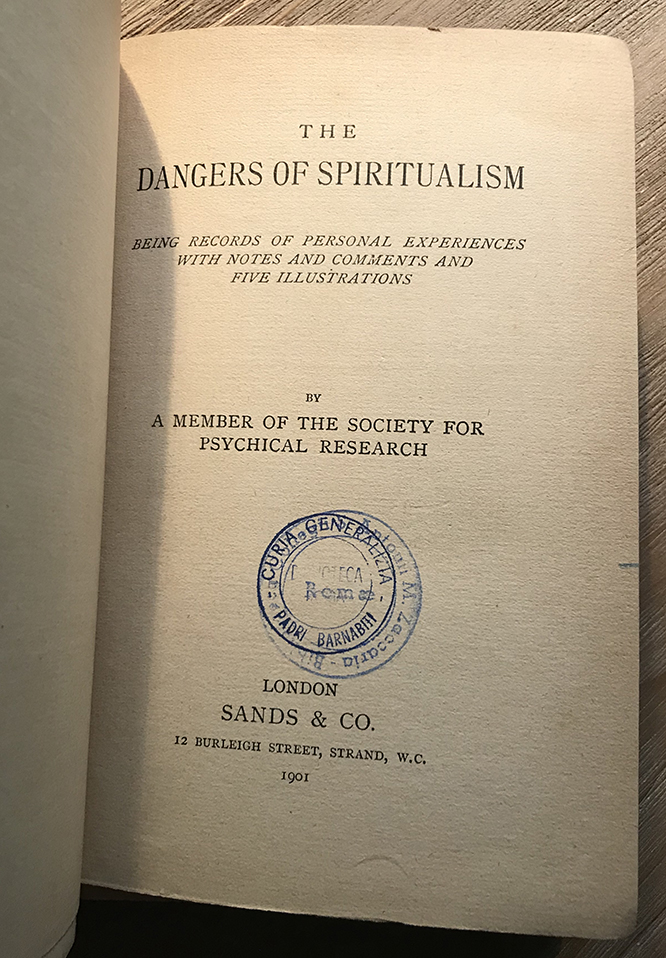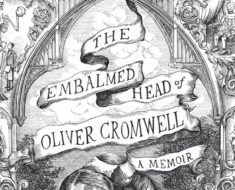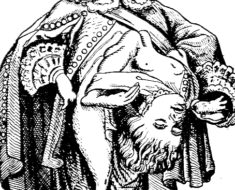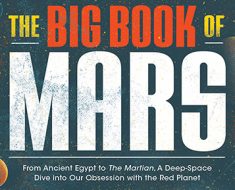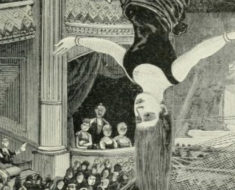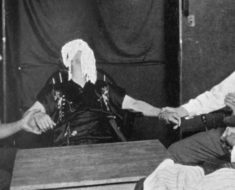Any good medium can be expected to perform spirit writing, in which his or her hand is guided by a ghost scribbling messages to the living. In 1926, a medium known as Mrs. St. John James, even channeled a Martian named Oomaruru, who sketched out the Martian alphabet.
The image seen above is from the 1901 book, The Dangers of Spiritualism. It depicts spirit writing that represents different types of ghosts—yet it was allegedly written by an evil spirit demonstrating its ability to take on any personality it wishes.
The author, identified only as “a member of the Society for Psychical Research,” described the spirit’s message:
Spirits, it declared, have access to every fragment of a person’s past history, to every secret thought and feeling, and they can consequently simulate any personality, living or dead. The most striking evidence, it maintained, is no proof of identity. Spirits will take any amount of trouble, and practice every sort of deception, in order to gain control of the mind.
When I question the truth of this statement, and quoted instances in which I thought identity had pretty well been demonstrated by the Society for Psychical Research, the intelligence seemed to be highly amused, and causing M. to seize a pencil, it proceeded to show me what it could do. It wrote out the subjoined paper with the most inconceivable rapidity, without the slightest pause, and while M. was talking to me about an entirely different matter. It will, of course, be seen that there is a certain similarity underlying the different forms of writing which points to a single author; but I doubt whether this would have been discovered if each form had been obtained separately, and at different times. To me, personally, the paper will always remain an interesting document, considering the manner and the very extraordinary circumstances under which it was obtained.”
It is indeed an extraordinary paper—the medium who wrote it displayed a remarkable gift for penmanship.
Mediums have had no shortage of ingenuity when devising ways to fool the public. A 1910 article, “Shady Methods of Mediums,” provides an account from a “well-known psychic expert,” Mr. William Marriott, regarding the use of a slate at a séance. After selecting a colored piece of chalk, he asked a spirit a question.
“The chosen piece scrawled an answer to my question!” Marriott stated. “The answer was brief, certainly—only two words; but there it was, written under my very eyes. Surely here was a genuine manifestation of spirit force.”
His awe soon subsided, as he later discovered a small piece of chalk that had fallen into his pocket.
“An analysis of the morsel showed me that it was not all chalk,” Marriott said. “The morsels were composed of chalk, mixed—with iron fillings! The slate was an ordinary one, but the table was not. It had a very thin top, and underneath this, but, of course, hidden by the frame of the table, there was concealed a powerful magnet. The movement of this by the medium caused the piece of chalk, impregnated, as it was, with iron, to follow it. And thus was the writing accomplished.”
All impressive tricks. The only thing more remarkable would be the real thing.

